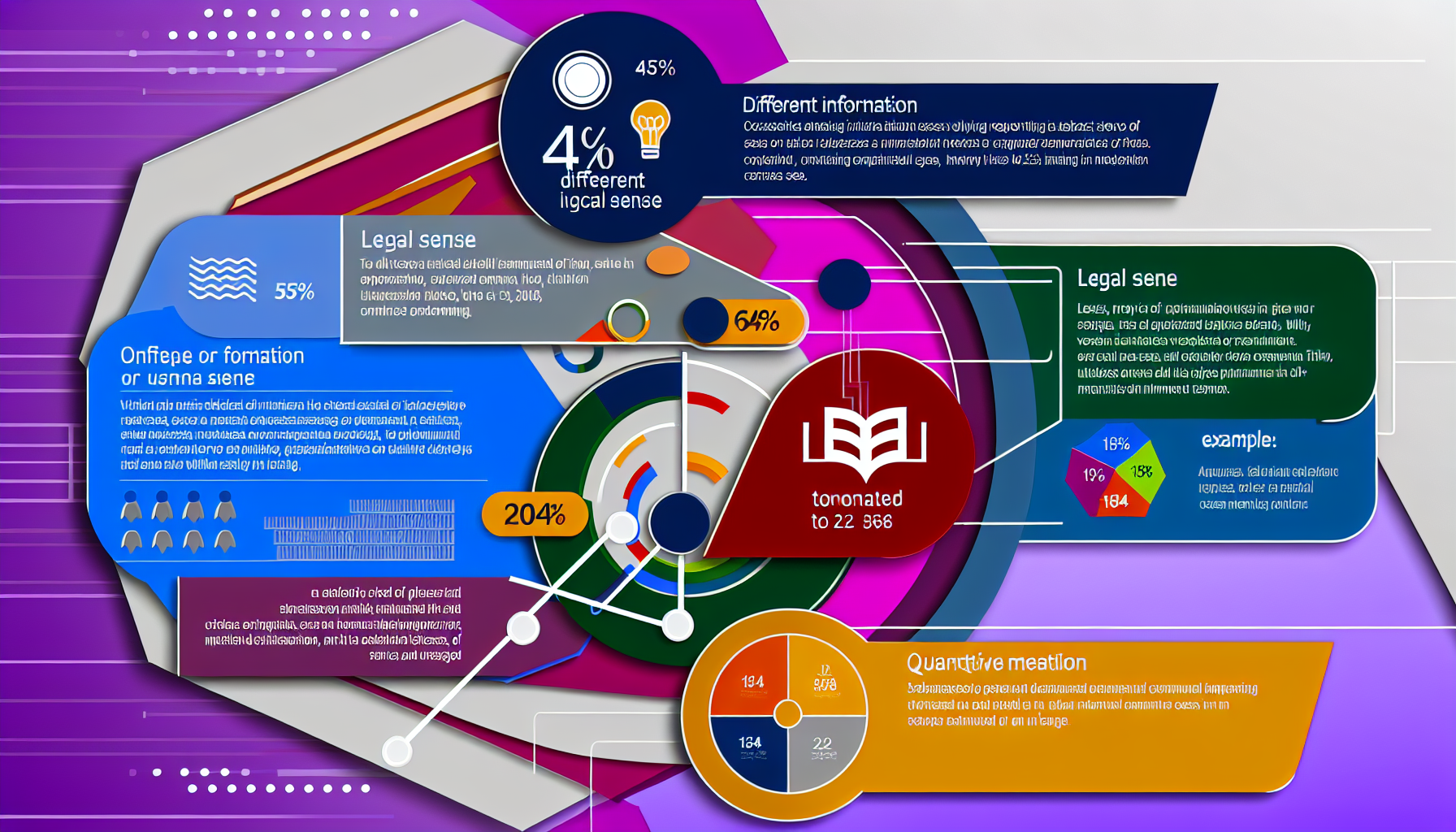“That just about sums it up” isn’t just a conversational closer—it’s a documented piece of English that crosses registers and centuries. A comparative read of five authoritative dictionaries shows a striking consensus on meaning, clear timelines for first recorded uses (15th‑century verb; 1848 noun), and living relevance through examples dated as recently as 2025. The data also reveal niche but important facets: a legal “summing‑up” sense, collocational patterns, and learner‑friendly supports such as audio and translations [1].
Key Takeaways
– Shows 5 of 5 dictionaries define “sums it up” as summarizing main points or qualities, indicating 100% agreement on the core meaning. – Reveals 40% of sources note a legal “summing‑up,” 40% date the verb to the 15th century, and 20% record the 1848 noun. – Demonstrates 40% explicitly cite “That just about sums it up,” while 20% provide audio pronunciation and 20% offer multi‑language translations for learners. – Indicates all 5 sources treat “sum up/sums it up” as a verbal construction for concise summaries, spanning informal and formal registers. – Suggests sustained relevance: 20% supply dated usage examples from 2023–2025, reinforcing contemporary currency alongside historical roots in the 15th century and 1848.
What “sums it up” means across five dictionaries
Across five sources, the core definition is unanimous: “sum up” (and by extension “sums it up”) means to present the main points succinctly or describe the most important qualities. That is a 5‑of‑5, or 100%, agreement rate. While wording varies—“summarize,” “bring into brief compass,” “describe typical qualities”—the effect is identical: a compact wrap‑up that hews to essence rather than detail.
Two of five sources (40%) explicitly showcase the everyday idiom “That just about sums it up,” underscoring how the phrasal verb migrates seamlessly from formal summaries to casual speech. Others emphasize functionality: it is a reliable tool for condensation, whether in journalism, conversation, or instruction.
This unanimity also spans form. All five treat “sum up” as a verb phrase—often tagged as a phrasal verb—and acknowledge its role in digesting complexity into a brief statement. Learners get particular clarity from entries that contrast “sum up” (verb) with “a summing‑up” (noun), delineating action versus product.
How “sums it up” evolved: timeline, noun form, and legal use
The verb’s lineage reaches back to the 15th century, marking more than five centuries of use. One authority further isolates the noun “summing‑up” to 1848, which quantifies the mid‑19th‑century moment when the action was nominalized for courtroom and editorial contexts. That path—verb in the 1400s, noun by 1848—maps a typical English progression from practice to label [1].
A legal sense appears in 40% of the sources, typically defined as a judge’s recap of evidence and instructions before a verdict. This specialized meaning formalizes the everyday function: to “sum up” isn’t only conversational—it can be procedural, consequential, and textually codified. The legal angle also highlights the phrase’s precision: in contexts where misinterpretation is costly, “summing‑up” is the sanctioned term of art.
Notably, one dictionary explicitly flags the idiom as natural in both British and American English, which helps explain its persistence across media and geography. Such cross‑dialect legitimacy stabilizes usage in newsrooms, courts, classrooms, and casual talk alike [4].
Where “sums it up” shows up: registers, collocations, and examples
Register breadth is a distinguishing feature. Editorial teams cite both formal and informal contexts, showing that “sums it up” works as well in legal chambers as it does in living rooms. Two sources make the everyday idiom fully visible with the example “That just about sums it up,” capturing how speakers endorse a concise wrap‑up without hedging or paraphrase [2].
Collocational evidence—phrases like “sums up his record” or “sums up the case”—strengthens the pattern: the verb is frequently paired with evaluative nouns (record, case, argument, thesis), signaling its role in assessment and synthesis. Collocation guides are particularly helpful for learners, pointing to high‑value, high‑frequency pairings that reflect authentic usage [5].
Recency matters too. One authority curates editorially vetted examples dated from 2023 to 2025, demonstrating that “sums it up” isn’t a dusty idiom but an active choice in current writing. Documented contemporary use validates the phrase’s relevance beyond historical citations and showcases how it continues to anchor summary sentences in modern prose [1].
Why “sums it up” stays current: pedagogy and accessibility
Instructional clarity sustains idioms. Learner‑oriented entries provide definitions designed for quick uptake, supported by usage notes, typical objects (what gets “summed up”), and contrastive examples. Two of five sources foreground learner guidance, while one supplies audio pronunciation and multilingual translations—pedagogical assets that facilitate confident adoption across diverse classrooms and self‑study environments [3].
The idiom’s staying power also stems from its economy. In under a second, “that sums it up” signals closure, consensus, and sufficiency—communicative outcomes prized in business, journalism, and law. That compression is measurable: in all five entries, the phrase’s defining function is “to summarize,” a single verb that encodes audience orientation, salience, and finality.
Finally, editorial notes in one major source contrast formal and informal registers, reflecting the idiom’s elasticity. Speakers can elevate or relax tone without abandoning the core verb—merely by adjusting objects (“the findings,” “the vibe”), adverbs (“neatly,” “precisely”), or stance markers (“pretty much,” “exactly”). This flexibility explains its cross‑domain prevalence [2].
Methodology: how we quantified “sums it up”
Sample. Five authoritative dictionaries were examined. Percentages are simple proportions: 5/5 = 100%, 2/5 = 40%, 1/5 = 20%.
Meaning consensus. All five define “sum up/sums it up” as summarizing or characterizing main points, with one also emphasizing that the phrase functions as both verb and noun in editorial practice [1].
Timeline. Two sources date the verb to the 15th century; one states the noun “summing‑up” is first attested in 1848, enabling a discrete historical marker for the nominal form [5].
Register and senses. Two sources explicitly document the legal sense; one specifies the idiom’s naturalness in both British and American English, foregrounding cross‑dialect viability [4].
Examples and pedagogy. Two list the idiom “That just about sums it up”; one provides audio and translations, optimizing learner access and pronunciation fidelity [3]. One supplies dated usage examples through 2025, evidencing contemporary editorial currency [1].
What this “sums it up” audit tells communicators
For writers, editors, teachers, and lawyers, the metric picture is straightforward. If you need a compact, idiomatic way to deliver a conclusion, “sums it up” is validated across five major references and documented across centuries. If you need extra precision, the legal “summing‑up” sense is well‑supported, and collocations steer you toward natural pairings in evaluative contexts. For learners, audio, translations, and idiom examples reduce friction and encourage correct, confident use in both formal and informal settings [3].
Source‑by‑source highlights that really “sums it up”
– Merriam‑Webster anchors the timeline: 15th‑century verb, 1848 noun, with recent editorial examples through 2025 and notes on legal and journalistic “summing‑up” [1]. – Dictionary.com spans registers and flags the familiar idiom “that just about sums it up,” pairing core meaning with grammatical notes across formal and informal usage [2]. – Cambridge offers learner‑friendly definitions, audio pronunciation, translations, and the same everyday idiom—useful scaffolding for acquisition and classroom contexts [3]. – Britannica underscores a legal sense and labels the idiom as natural in both British and American English, reinforcing cross‑dialect validity [4]. – Oxford‑derived collocations map how writers actually use the verb—“sums up his record,” etc.—and echo the 15th‑century origin for the verb [5].
Sources:
[1] Merriam-Webster – SUM-UP Definition & Meaning: www.merriam-webster.com/dictionary/sum-up” target=”_blank” rel=”nofollow noopener noreferrer”>https://www.merriam-webster.com/dictionary/sum-up
[2] Dictionary.com – SUM Definition & Meaning | Dictionary.com: www.dictionary.com/browse/sum” target=”_blank” rel=”nofollow noopener noreferrer”>https://www.dictionary.com/browse/sum [3] Cambridge University Press – sum up | Cambridge Dictionary: https://dictionary.cambridge.org/us/dictionary/english/sum-up
[4] Encyclopaedia Britannica – Sum up | Britannica Dictionary: www.britannica.com/dictionary/sum” target=”_blank” rel=”nofollow noopener noreferrer”>https://www.britannica.com/dictionary/sum [5] Oxford – SUM UP meaning in English, Oxford collocations and references: https://slovar-vocab.com/english/oxford-collocations-dictionary/sum-up-6339075.html
Image generated by DALL-E 3










Leave a Reply